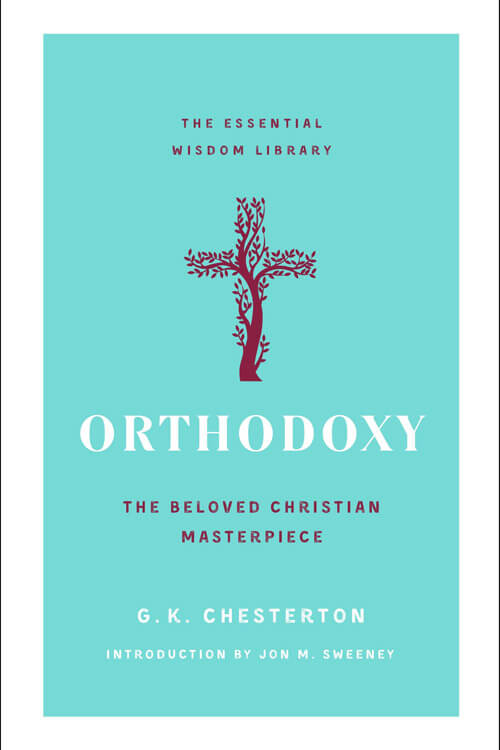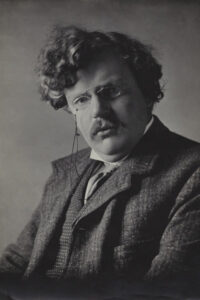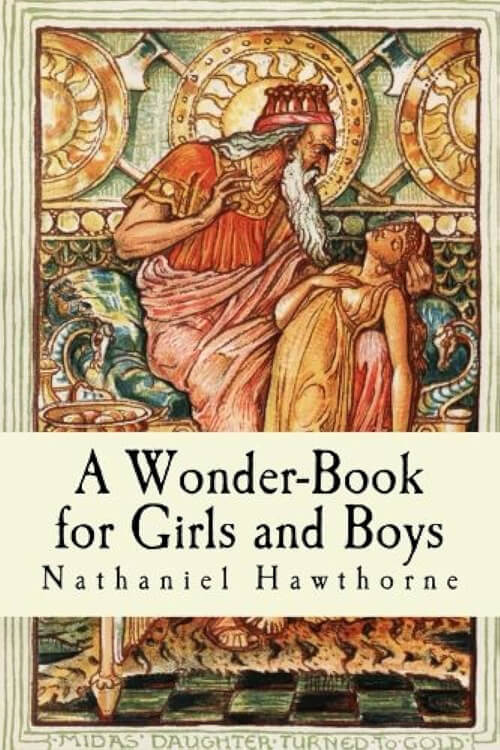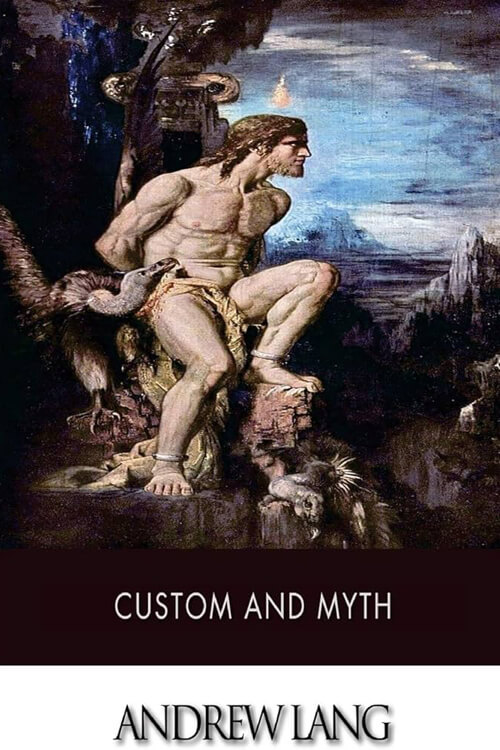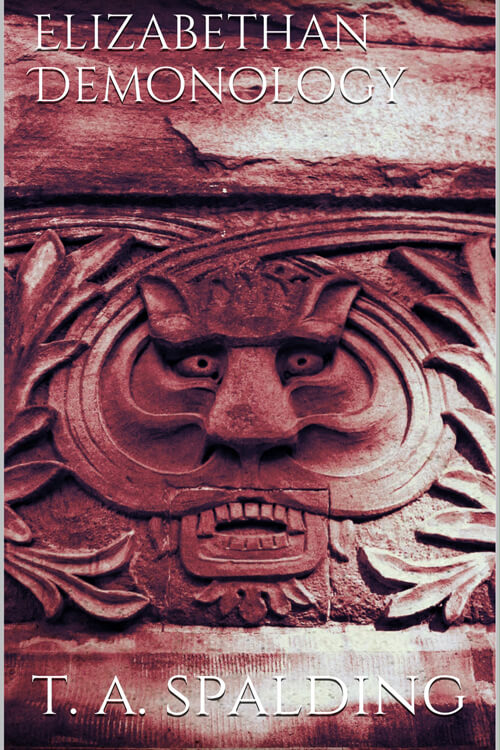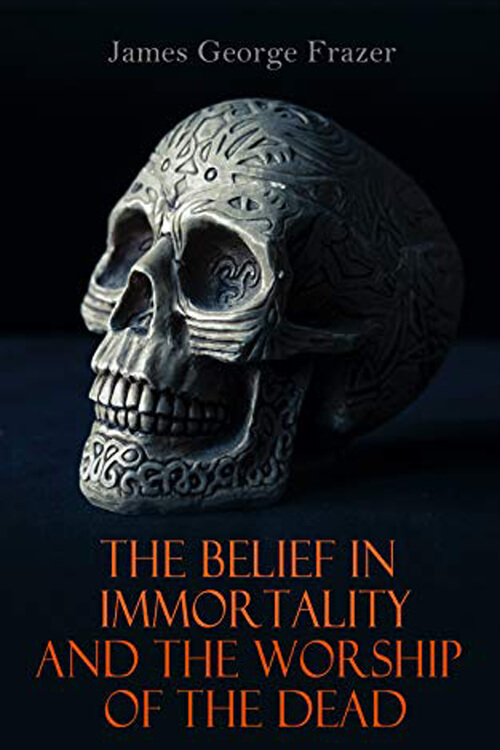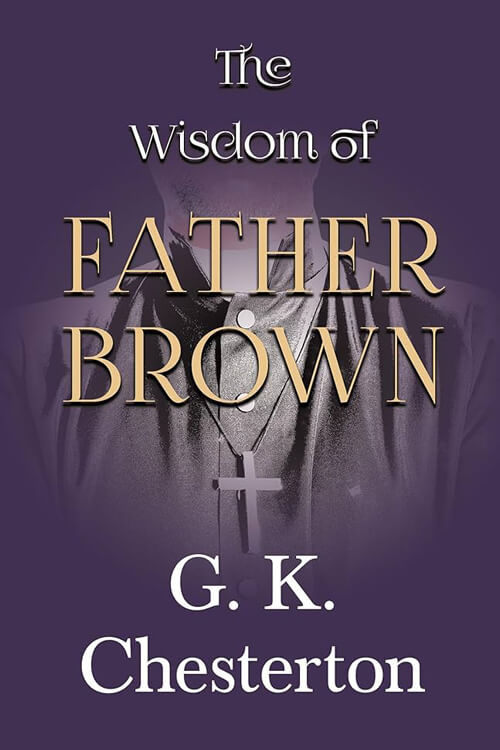
Orthodoxy
Orthodoxy (1908) is a book by G. K. Chesterton that he described as a “spiritual autobiography”. It has become a classic of Christian apologetics. Chesterton considered this book a companion to his other work, Heretics, which was a collection of essays aimed at refuting prevalent secular views of his time and defending the Christian orthodoxy. Orthodoxy was written expressly in response to G. S. Street’s criticism of Heretics. In it, Chesterton states, “[Street] was not going to bother about his theology until I had really stated mine”. In the preface, Chesterton states the purpose is to “attempt an explanation, not of whether the Christian faith can be believed, but of how he has come to believe it.” In Orthodoxy, Chesterton presents an original view of the Christian religion. He sees it as the answer to natural human needs, the “answer to a riddle” in his own words, and not simply as an arbitrary truth received from somewhere outside the boundaries of human experience.
The book chronicles Chesterton’s journey to adopting a Christian worldview. Rather than rationalizing its paradoxes, Orthodoxy embraces them as evidence for the worldview’s validity. The first chapter establishes the view that human needs innately conflict. Chapter 8, “The Romance of Orthodoxy”, explains Chesterton’s belief that the Christian worldview is most effective in defining and satisfying those disparate needs. Chesterton began writing the book in response to Street’s 1905 challenge, titled “Mr. Chesterton”, and it was first published in 1908. The book was written when Chesterton was an Anglican. He converted to Catholicism 14 years later. Chesterton chose the title Orthodoxy to focus on the plainness of the Apostles’ Creed, though he admitted the general sound of the title was “a thinnish sort of thing”.
Chesterton’s choice to focus on the Apostles’ Creed made Orthodoxy’s apology appealing to Christians from various denominational backgrounds. Orthodoxy was influential in the conversion of Theodore Maynard to Roman Catholicism, as well as in the ordination of Canon Bernard Iddings Bell. In the magazine The Atlantic, critic James Parker recommends the book thusly: “If you’ve got an afternoon, read his masterpiece of Christian apologetics Orthodoxy: ontological basics retailed with a blissful, zooming frivolity, Thomas Aquinas meets Eddie Van Halen.”
Read or download Book
G. K. Chesterton
Gilbert Keith Chesterton KC*SG (29 May 1874 – 14 June 1936) was an English writer, philosopher, Christian apologist, and literary and art critic.
Biography
Chesterton created the fictional priest-detective Father Brown and wrote on apologetics. Even some of those who disagree with him have recognized the broad appeal of such works as Orthodoxy and The Everlasting Man. Chesterton routinely referred to himself as an orthodox Christian and came to identify this position more and more with Catholicism, eventually converting from high church Anglicanism. Biographers have identified him as a successor to such Victorian authors as Matthew Arnold, Thomas Carlyle, John Henry Newman, and John Ruskin. He has been referred to as the “prince of paradox”. Of his writing style, Time observed: “Whenever possible, Chesterton made his points with popular sayings, proverbs, allegories—first carefully turning them inside out.”
His writings influenced Jorge Luis Borges, who compared his literature with Edgar Allan Poe’s. Chesterton was born in Campden Hill in Kensington, London, the son of Edward Chesterton (1841–1922), an estate agent, and Marie Louise, née Grosjean, of Swiss-French origin. Chesterton was baptized at the age of one month into the Church of England, though his family were irregularly practising Unitarians. According to his autobiography, as a young man, he became fascinated with the occult and, along with his brother Cecil, experimented with Ouija boards. He was educated at St Paul’s School, then attended the Slade School of Art to become an illustrator. The Slade is a department of University College London, where Chesterton also took classes in literature, but he did not complete a degree in either subject.
He married Frances Blogg in 1901; the marriage lasted the rest of his life. Chesterton credited Frances with leading him back to Anglicanism, though he later considered Anglicanism to be a “pale imitation”. He entered full communion with the Catholic Church in 1922. The couple were unable to have children. A friend from schooldays was Edmund Clerihew Bentley, inventor of the clerihew, a whimsical four-line biographical poem. Chesterton wrote clerihews and illustrated his friend’s first published collection of poetry, Biography for Beginners (1905), which popularised the clerihew form. He became godfather to Bentley’s son, Nicolas, and opened his novel The Man Who Was Thursday with a poem written to Bentley.

